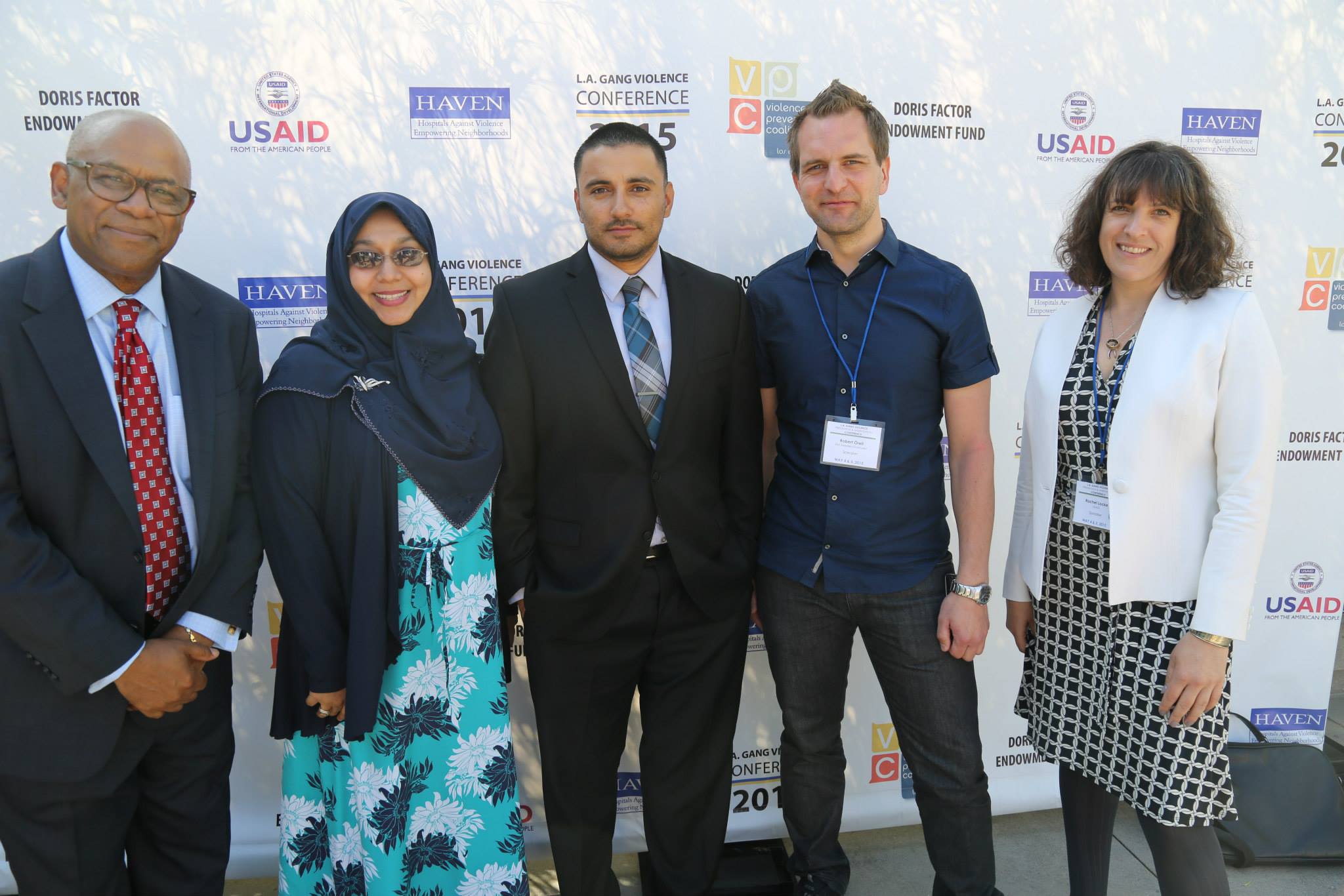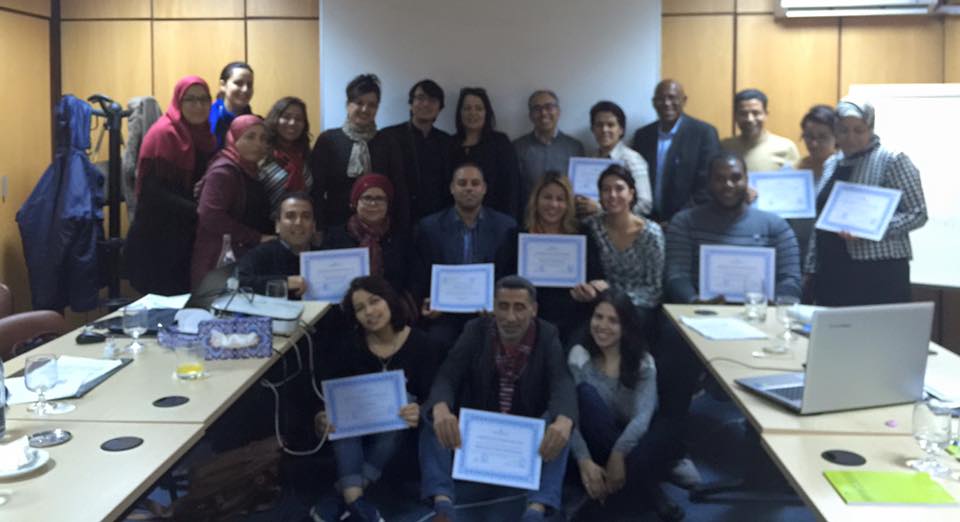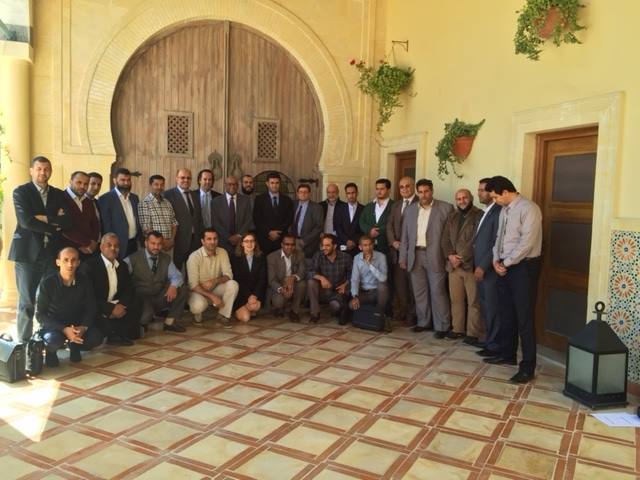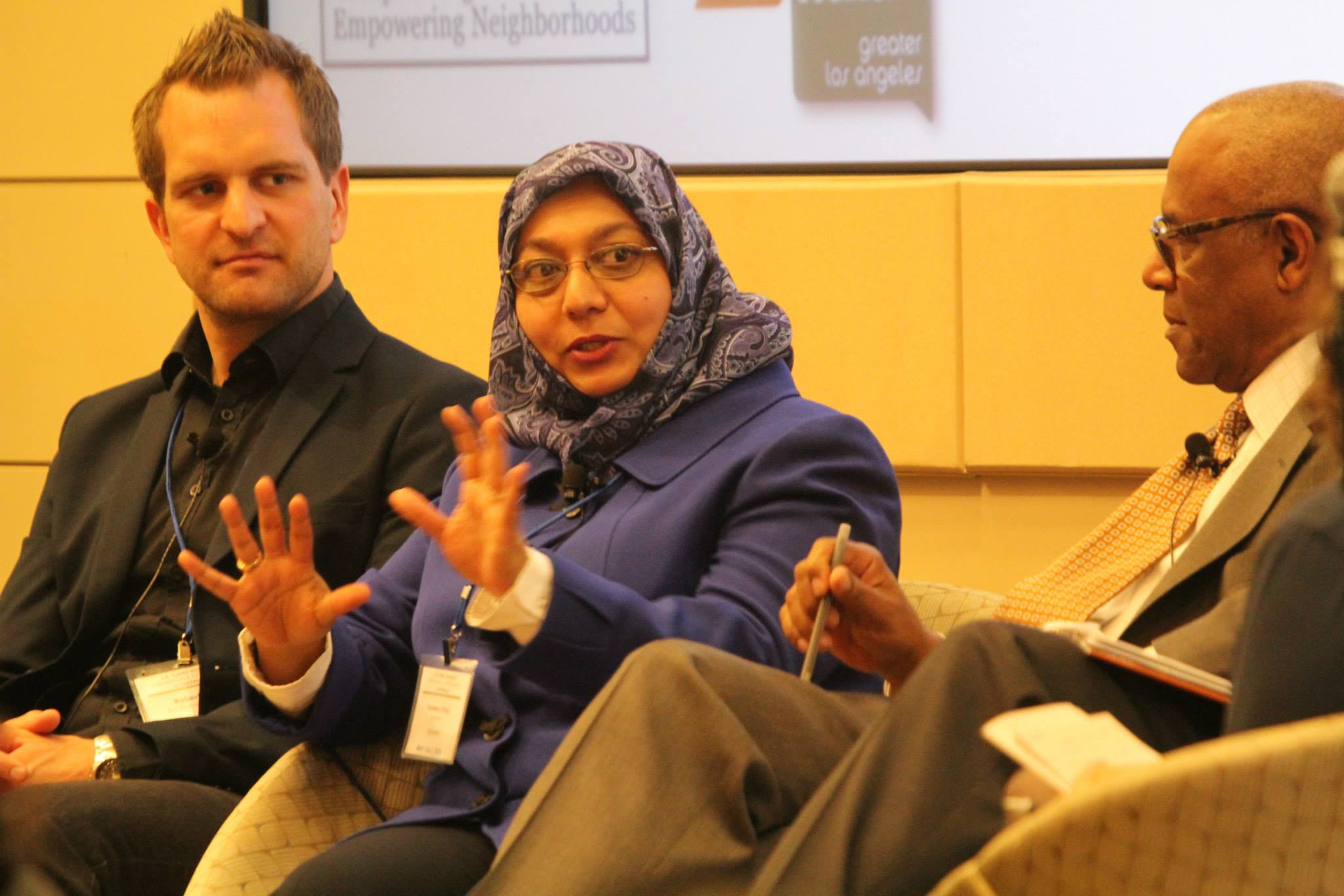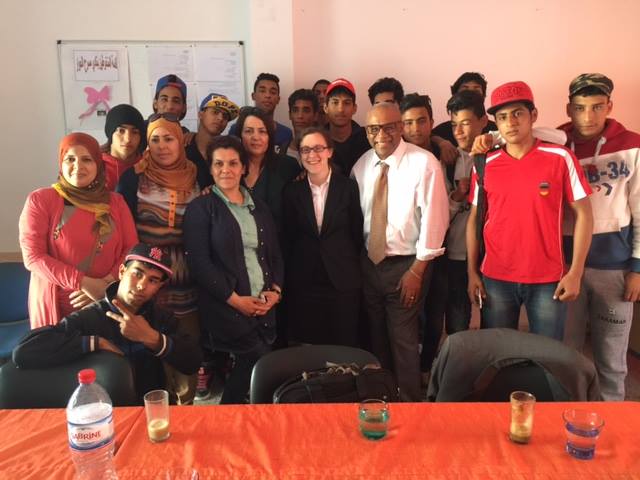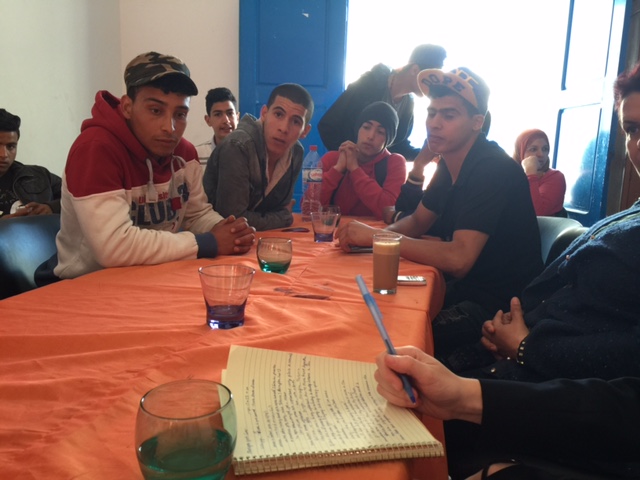Countering Violent Extremism, Tunisia and Libya
The issue:
In the aftermath of Tunisia’s 2011 government overthrow, the nation faced economic stagnation and high rates of unemployment. Unemployment levels were especially high among youth aged 15-29 or inactive youth, as they were called, due to their disengagement from work and school. These youth were viewed as particularly susceptible to recruitment by violent extremist groups. By 2015, Tunisia had become the largest source of recruitment for violent extremist groups in Iraq and Syria.
At the Los Angeles Gang Conference that year, former violent extremists came to share their stories of how and why they got involved in such groups. Remarkably their narratives bore striking similarities to those recounted by former gang members. Such parallels forged the possibility of applying the same violence prevention model, which had proven so effective in Central America and Los Angeles, to communities affected by violent extremist groups.
The approach
Supported by funding from the United States State Department, Guillermo Cespedes came to Tunisia to train in the implementation of the secondary violence prevention model (i.e. in the identifications and interventions for those deemed at high risk to join a violent group). As part of a Senior Technical Advisor team for Creative International, Cespedes (alongside colleagues equipped with extensive training and experience from Honduras) worked with psychologist, educators, family counselors and researchers to adapt the secondary prevention model to suit a North African context.
Experts were trained on two fronts – the application of the risk assessment tool for identifying youth at risk of joining violent extremist groups; and family case management to establish a robust family support system for these youth and their families. While language proved a challenge in the early stages of the training, understanding of the model prevailed because of the universal themes of multigenerational family systems.
In addition, Cespedes provided training to mayors and councilmembers from neighboring Libya. Since travel to Libya was deemed too perilous, Libyan leaders came to Tunisia and the country served as a training ground for a wider geographic violence prevention strategy. This training focused on the entire comprehensive approach to violence prevention – the pillars of which focus on the importance of engaging all layers of the community (those at the primary, secondary, and tertiary levels of risk as well as those responsible for suppressing violence).
The results
These trainings became part of the public health approach to violence prevention in Tunisia, aptly named the Ending Terrorism Through Youth Service Action Locally (ETTYSAL) program. ETTYSAL which means “reaching out” in Arabic, was adapted and tailored to work within the cities and circumstances of Manouba and Kasserine, both hot spots for violent extremist recruitment.
As with the Los Angeles and Central America programs, youth eligibility to participate in secondary prevention was determined by a risk assessment tool. The Tunisia version assessed of levels of religious extremism in addition to generic risk factors such as weak parental supervision and peer influence. One hundred youth aged 14-23 were selected to participate in family case management. After a year of intervention, 95% showed a reduction in risk factors associated with joining violent extremist groups.
The implications
The progress achieved in Tunisia and Libya underscored the adaptability of secondary prevention model and highlighted its potential to transcend geographic, linguistic, and cultural boundaries. The work done to train implementers of the secondary prevention model ensured accuracy of the intervention while allowing its adaptation to fit the needs of a local area. Cespedes efforts showed that the comprehensive strategy could be exported through training, could be adapted through local engagement, and could be successful for addressing community safety in diverse neighborhoods, cities, and nations worldwide.

